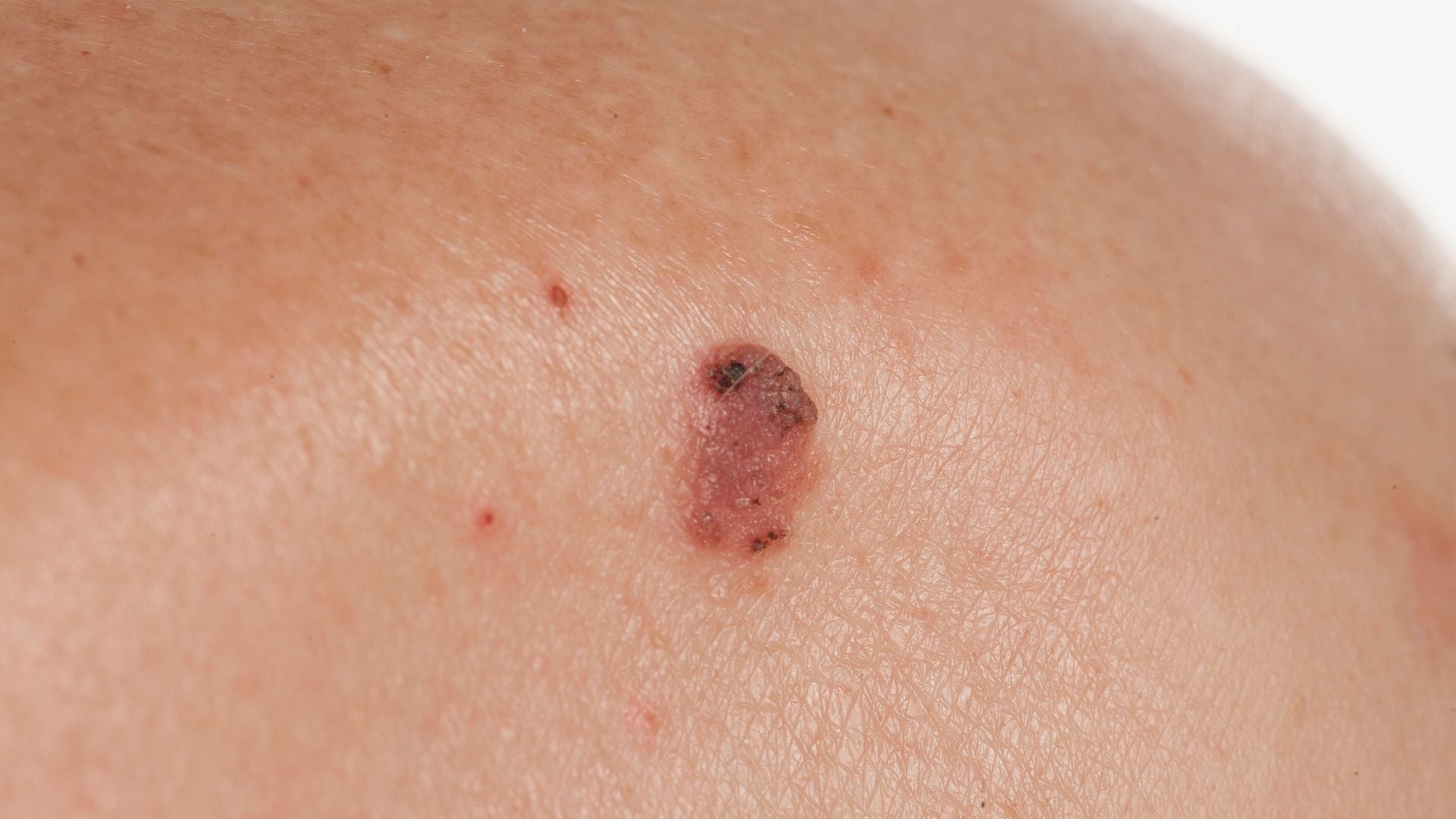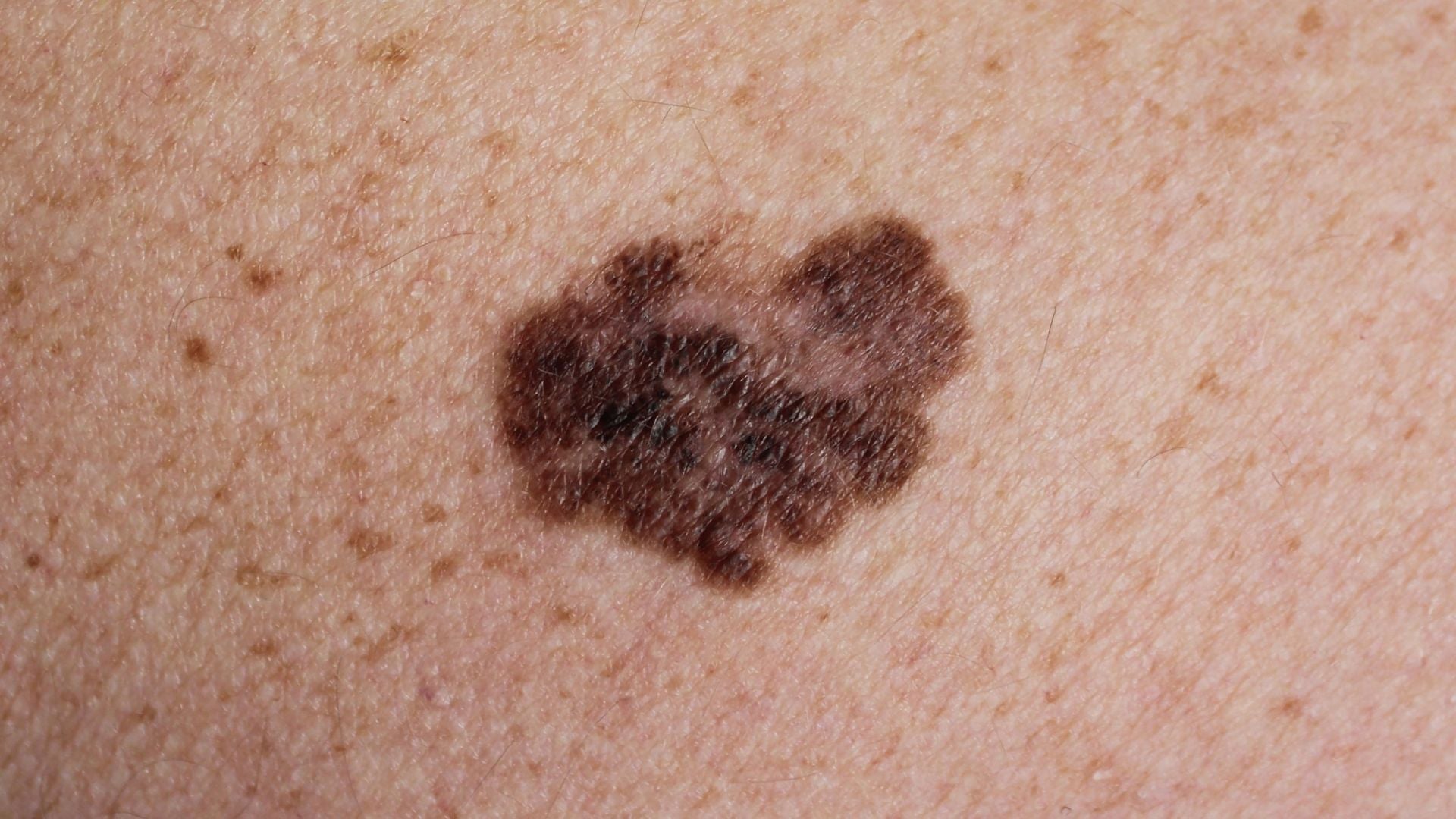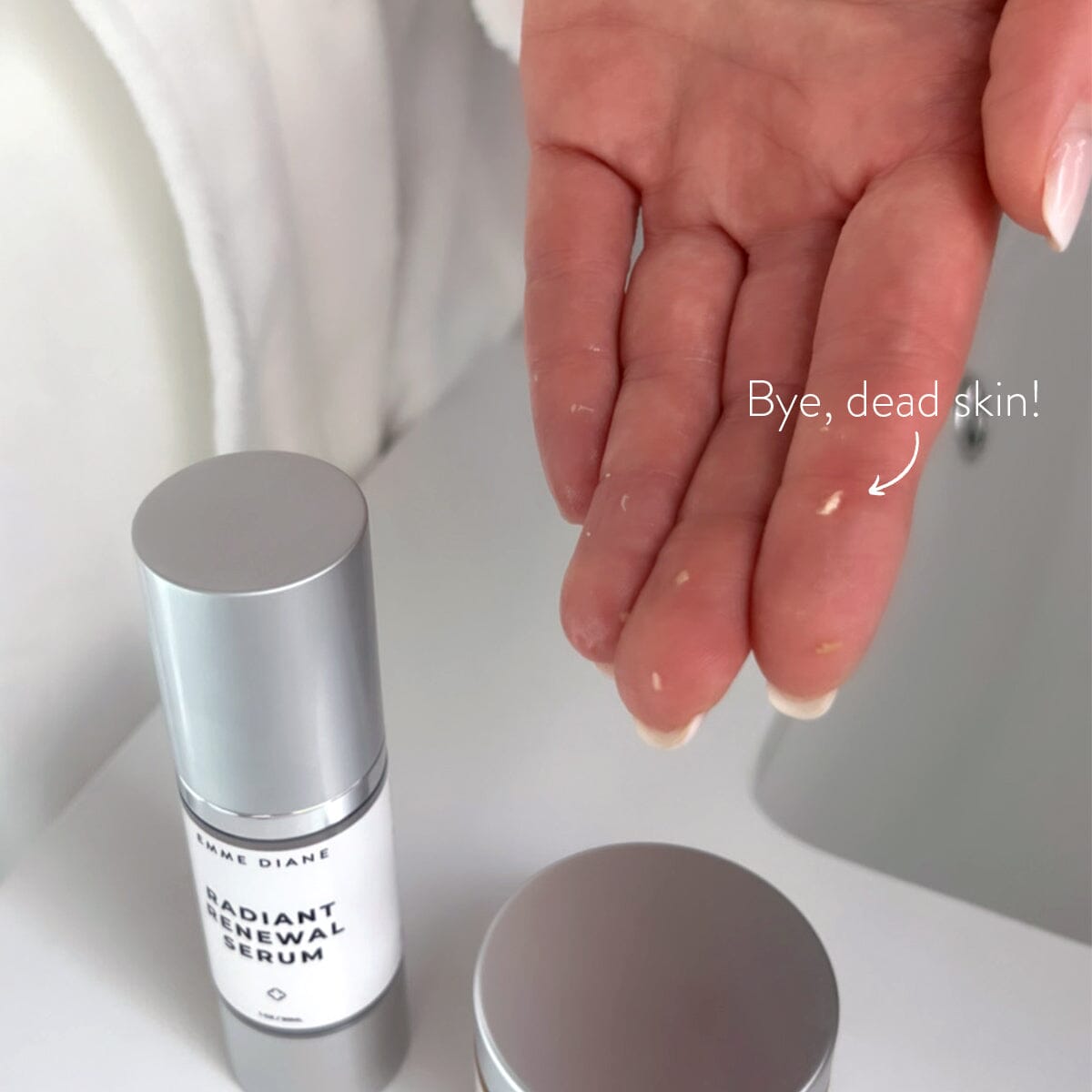The Big Three of Skin Cancer
by Emily Linehan on May 23, 2022
Over the last few years we’ve had the importance of protecting our skin from the sun instilled into us over and over again. The dangers of tanning beds and the importance of wearing SPF is common knowledge these days, however, skin cancer is still the most commonly diagnosed form of cancer in the United States. In fact, it is currently estimated that one in five Americans will develop skin cancer in their lifetime [1].
Although the number of cases can be frightening, skin cancer is actually one of the most preventable and treatable forms of cancer. This is why it’s extremely important to not only protect your skin from harmful UV rays, but to also perform annual and monthly skin exams. To better help you understand how to protect yourself and what to look for, let's dive into the three main types of skin cancer, or as they are commonly known, the “Big Three of Skin Cancer”.
Basal Cell Carcinoma
With an estimated 3.6 million Americans being diagnosed each year, Basal Cell Carcinoma (or “BCC”) is the most common form of skin cancer. Most often caused by exposure to UV rays, BCC typically appears on areas of the skin that are frequently exposed to the sun. These areas commonly include your face, neck and arms, however, it is important to keep in mind that it can occur anywhere on the body.
This type of skin cancer can look different for each person, however the growths commonly present as flesh-colored and round, pearl-like bumps, pinkish patches of skin, or have a scar-like appearance.
It is important to note that those who have previously had a BCC are much more likely to develop another, even if the original spot has been removed. Luckily, with early detection Basal Cell Carcinoma is one of the easiest forms of skin cancer to treat.

Squamous Cell Carcinoma
Squamous Cell Carcinoma (“SCC”) is the second most common type of skin cancer. Similar to Basal Cell Carcinoma, this type of cancer most commonly develops on areas of the skin that are frequently exposed to the sun, however it can also appear anywhere on the body.
Signs and symptoms of SCCs include scaly red patches, a firm red nodule, thickened or wart-like skin, or a sore that heals and the re-opens. Again, it is important to remember that SCC can present differently for individuals, so if you notice anything abnormal it’s important to seek professional help.
Like Basal Cell Carcinoma, Squamous Cell is also typically treatable, although early detection is key. If left untreated, SCCs can grow deep into the skin and spread to other areas of the body.

Melanoma
Although less common than Basal Cell Carcinoma and Squamous Cell Carcinoma, Melanoma is often considered one of the most serious forms of skin cancer due to its tendency to spread throughout the body. It can develop within an existing mole or appear suddenly as a new spot on the skin. While a glowing tan is often sought after, it is also the leading cause of Melanoma. When the skin burns or tans, the UV radiation results in mutations of melanocytes (the skin cells that produce melanin), which results in uncontrolled cellular growth.
According to the American Cancer Society, the five-year survival rate for people whose melanoma is detected and treated before it spreads to the lymph nodes is 99% [2], however early detection is key. Since early detection is extremely important, I recommend utilizing the ABCDEs of Melanoma during your monthly self-checks and consulting your dermatologist immediately if you notice any abnormalities.

How to Protect Yourself
First and foremost, the best way to protect yourself from developing skin cancer is to limit sun exposure. This includes wearing your sunscreen every day, as well as taking additional precautions such as staying in shaded areas and wearing protective clothing when outdoors.
In addition to preventive measures, it is critical that you familiarize yourself with your skin. Much like a monthly self-breast exam, you should complete a head-to-toe skin assessment to identify any new, changing, or unusual spots on your skin. Here are some tips when performing your self-exam:
- Examine your body in a full-length mirror and ensure you check your entire body, including your underarms, soles of your feet, and back.
- When examining your neck and scalp, use a hand mirror to help give you a closer look.
- Take note of any new moles or lesions. If it begins growing in size or does not go away within a few weeks contact your dermatologist immediately.
- Check for any changes in size, texture, color, or shape of existing growths. If you do find any of these changes, contact your dermatologist as these could be warning signs of skin cancer.
- If you notice any unusual spots that may bleed, hurt, or are not healing, it should be checked by a professional immediately.
According to the Skin Cancer Foundation, a self-examination should be completed monthly and you should see your dermatologist annually for a full-body skin exam. If you have any suspicious spots on your skin or concerns regarding skin cancer, I highly recommend that you consult with your doctor immediately.
Sources:
[1] Stern RS. Prevalence of a history of skin cancer in 2007: results of an incidence-based model. Arch Dermatol. 2010 Mar;146(3):279-82.
[2] American Cancer Society. Cancer Facts & Figures 2022. Atlanta: American Cancer Society; 2022.


